Messes Happen: How to Clean up Common Stains in a Jiffy
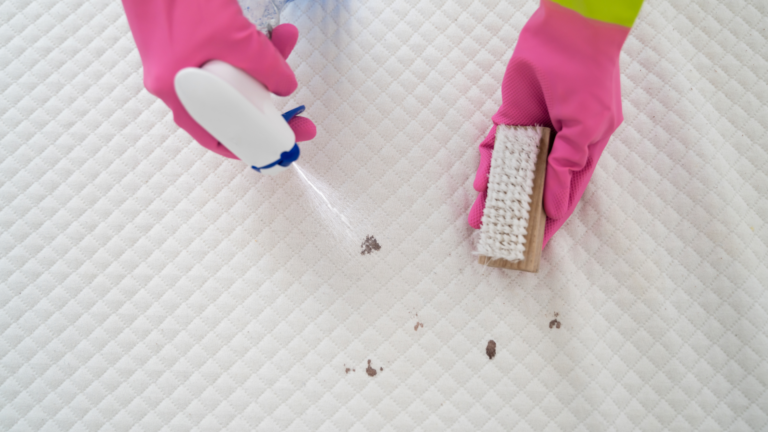
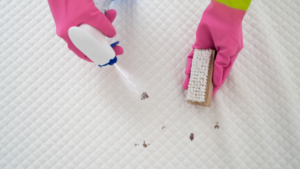
It's a fact of life - spills and stains happen, no matter how careful we are. Whether it's a red tea spill on your mattress or crayon drawings on the walls by kids, messes can be frustrating and even embarrassing. But don't worry, cleaning up common stains doesn't have to be a daunting task. With a few simple tricks and some common household items, you can tackle even the toughest stains in a jiffy. In this blog post, we'll share some easy and effective ways to clean up common stains quickly and efficiently, so you can get back to your day without missing a beat. So, roll up your sleeves and let's get cleaning!
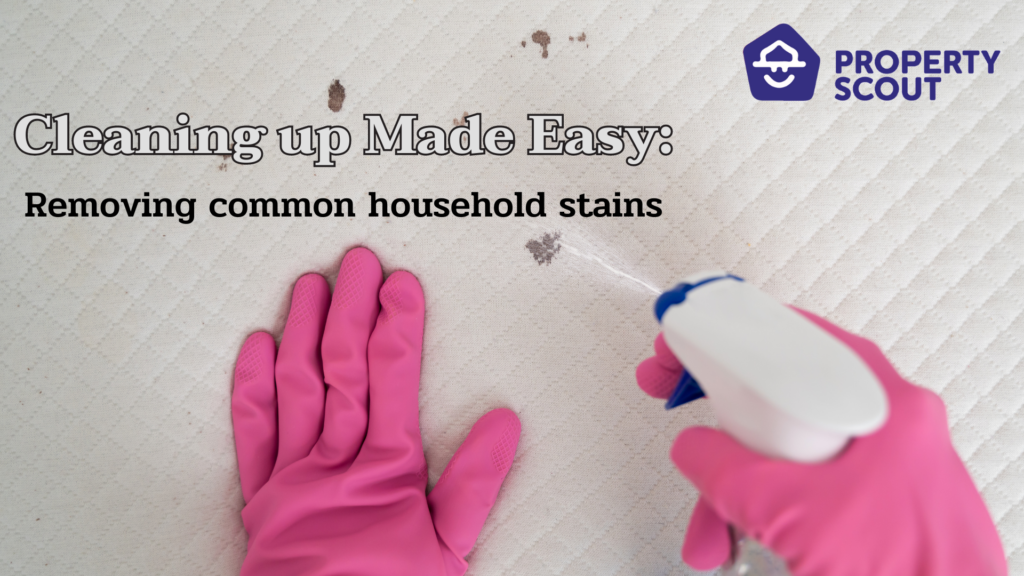
Common Household Stains
Stains are an inevitable part of life. Whether it's a spill from a cup of coffee, a child's art project gone wrong, or a pet's dirty paws on the carpet, stains happen. But fear not! With the right tools and knowledge, cleaning up common household stains is easy and efficient. In this guide, we will walk you through some of the most common stains that can occur in your home and provide you with tips and tricks to help you remove them quickly and effectively. So roll up your sleeves, grab your cleaning supplies, and let's get started!
Coffee or Tea

Coffee or tea stains are one of the most common household stains. Whether it's a cup of coffee spilled on the carpet, or a tea stain on a favorite shirt, these types of stains can be frustrating to deal with. Coffee and tea contain tannins, which are responsible for the deep brown or yellowish color of the stains. If not treated properly, these stains can become set in and even permanent. Fortunately, there are simple and effective methods to remove coffee or tea stains from various surfaces using common household items.
Tools needed for stain removal
To remove coffee or tea stains, you will need a few basic tools and materials. You'll need a clean white cloth, a bowl of warm water, liquid dish soap, white vinegar, and baking soda. A clean sponge or a soft-bristled brush will also come in handy. For fabrics or carpets, you may also need a laundry detergent that is safe for the material.
Removing the stain
To begin, start by blotting up as much of the spill as possible using a clean white cloth. Next, mix a solution of equal parts warm water and white vinegar in a bowl. Dip the clean white cloth into the solution and wring out the excess liquid. Gently blot the stain, starting from the outer edge and working your way towards the center. Rinse the area with warm water and blot with a clean cloth to remove any remaining vinegar solution. If the stain persists, mix a paste of one part baking soda and one part water. Apply the paste to the stain and let it sit for 5-10 minutes. Gently scrub the area with a soft-bristled brush or sponge, then rinse with warm water and blot dry.
For fabrics or carpets, you may need to apply a laundry detergent that is safe for the material and follow the care instructions accordingly.
Mud and Dirt
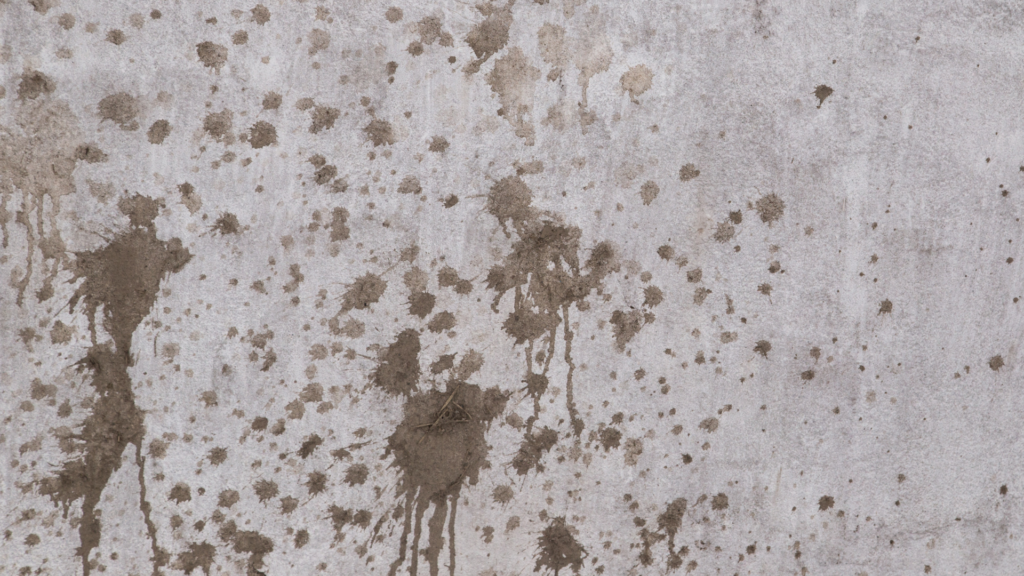
Mud and dirt stains are common household stains that often occur in high-traffic areas such as entryways or hallways. They can be especially frustrating to deal with during wet or muddy weather conditions. Mud and dirt contain a combination of dirt, grass, and other debris, making them difficult to remove from surfaces. If left untreated, these stains can become set in and leave a permanent mark. Fortunately, with the right tools and techniques, you can easily remove mud and dirt stains from various surfaces in your home.
Tools needed for stain removal
To remove mud and dirt stains, you will need a few basic tools and materials. These include a soft-bristled brush, a clean white cloth, a bucket of warm water, liquid dish soap, and a vacuum cleaner (if the stain is on a carpet or upholstery). For tougher stains, you may also need a carpet or upholstery cleaner that is safe for the material.
Removing the stain
To remove mud and dirt stains, start by allowing the mud or dirt to dry completely. Once dry, use a soft-bristled brush to gently brush away as much of the dried mud or dirt as possible. Next, mix a solution of warm water and liquid dish soap in a bucket. Dip a clean white cloth into the solution and wring out the excess liquid. Gently blot the stain, starting from the outer edge and working your way towards the center. Rinse the area with clean water and blot with a clean cloth to remove any remaining soap solution. For carpets or upholstery, use a vacuum cleaner to remove any dirt or debris before treating the stain with the soap solution. If the stain persists, use a carpet or upholstery cleaner that is safe for the material and follow the manufacturer's instructions accordingly.
Ink Stains
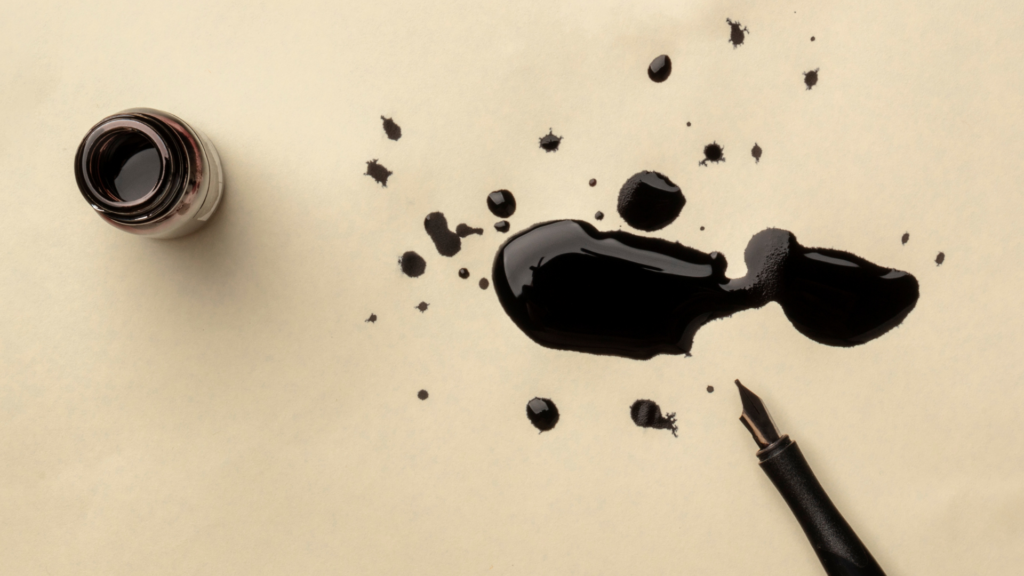
Ink stains are a common household stain that can occur on a variety of surfaces such as clothing, carpets, and furniture. They can be particularly difficult to remove because ink can quickly penetrate and set into the fibers of the affected material. Ink stains are often caused by pens or markers that leak or break, leaving an unsightly mark. If not treated promptly, ink stains can become permanent and ruin the affected material. Fortunately, with the right tools and techniques, you can easily remove ink stains from various surfaces in your home.
Tools needed for stain removal
To remove ink stains, you will need a few specific tools. These include rubbing alcohol, a clean white cloth, a bowl of warm water, liquid dish soap, and a soft-bristled brush. You may also need a commercial ink remover for tougher stains. The rubbing alcohol will help to break down the ink and make it easier to remove, while the warm water and dish soap will help to remove any remaining ink residue. The soft-bristled brush will be useful for gently scrubbing the affected area, while the white cloth will help to absorb the ink and other cleaning solutions.
Removing the stain
To remove ink stains, start by blotting the affected area with a clean white cloth to absorb as much of the ink as possible. Next, saturate a different clean white cloth with rubbing alcohol and dab the stain gently. Continue to apply rubbing alcohol and dab the stain with a clean area of the cloth until the ink has been removed. If the stain persists, mix a solution of warm water and liquid dish soap in a bowl and use a soft-bristled brush to gently scrub the affected area. Rinse the area with clean water and blot with a clean cloth to remove any remaining cleaning solution. For tougher stains, use a commercial ink remover that is safe for the affected surface and follow the manufacturer's instructions accordingly.
Crayon Stains
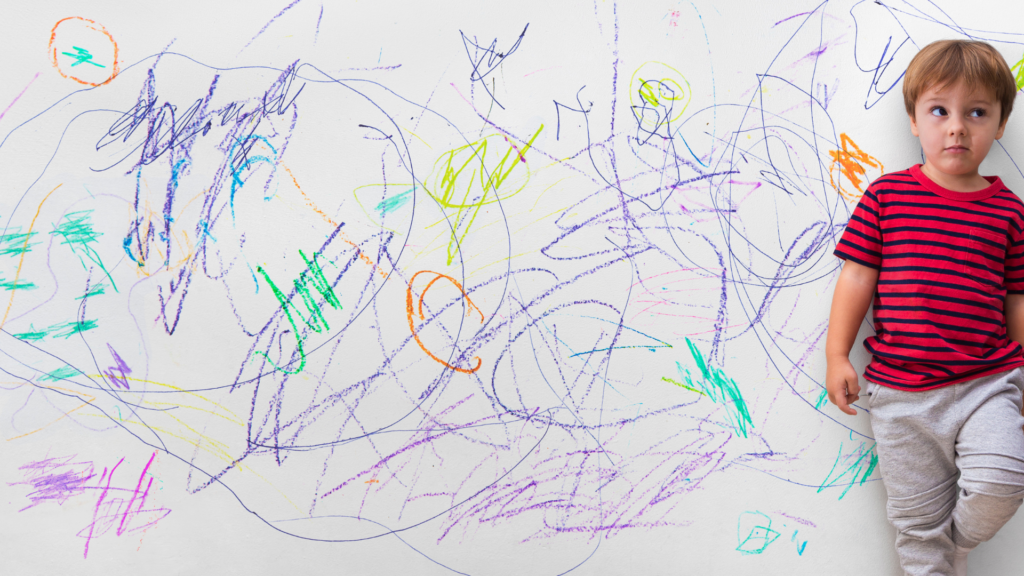
Crayon stains are a common household stain that can be caused by young children's artistic creations. These waxy marks can be particularly difficult to remove because they tend to cling to the affected material and leave behind an oily residue. Crayon stains can occur on various surfaces such as walls, floors, and furniture, and if not treated promptly, they can become permanent and ruin the surface. Fortunately, with the right tools and techniques, you can easily remove crayon stains from various surfaces in your home.
Tools needed for stain removal
To remove crayon stains, you will need several tools, including a plastic scraper or credit card, baking soda, liquid dish soap, a bowl of warm water, a clean white cloth, and a soft-bristled brush. The plastic scraper or credit card will help to scrape off any excess crayon, while the baking soda and liquid dish soap will create a paste that will help to absorb the remaining crayon marks. The warm water and white cloth will help to remove any remaining cleaning solution, while the soft-bristled brush will help to gently scrub the affected area without causing damage to the surface.
Removing the stain
To remove crayon stains, start by scraping off any excess crayon with a plastic scraper or credit card. Then, mix a paste of baking soda and liquid dish soap and apply it to the affected area. Allow the paste to sit for a few minutes to absorb the crayon marks. Next, use a soft-bristled brush to gently scrub the affected area. Rinse the area with warm water and use a clean white cloth to remove any remaining cleaning solution. If the stain persists, repeat the process until the crayon stain is completely removed. For tougher stains, you may need to use a commercial cleaner that is safe for the affected surface.
Commonly Affected Surfaces
Household stains can affect various surfaces in your home, from mattresses to walls and desks. Knowing how to properly remove stains from these surfaces can help preserve their appearance and extend their lifespan. Each surface requires different cleaning methods and materials, so it's important to understand how to approach stain removal on each one.
Mattresses
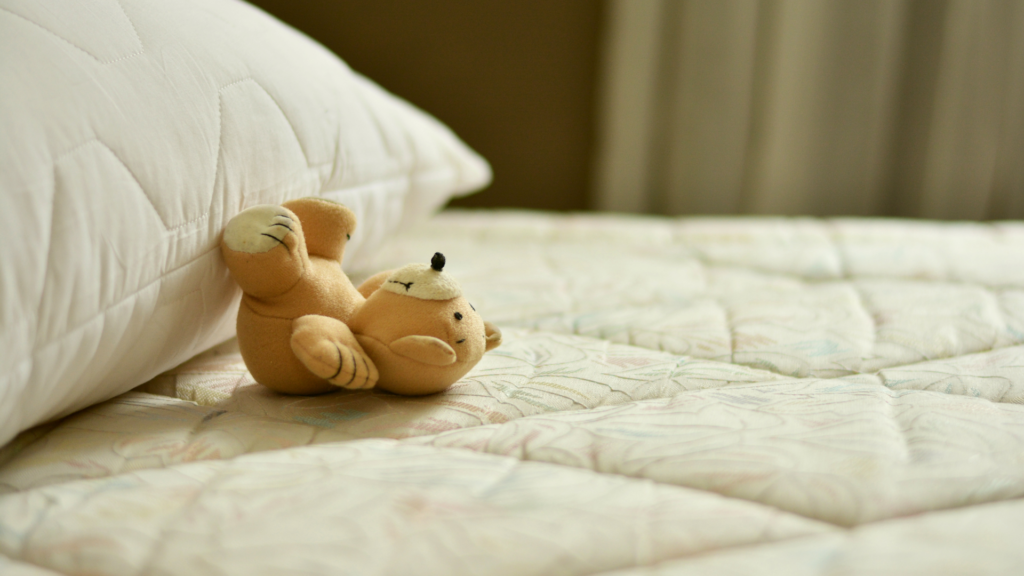
Mattresses are a common surface that can be affected by stains, particularly if you have young children or pets in the home. Mattress stains can be caused by spills, bodily fluids, or even pets sleeping on the bed. Not only can these stains be unsightly, but they can also cause odors and potentially even damage the mattress. Properly treating mattress stains is important to ensure the longevity of your mattress and maintain a clean and healthy sleeping environment.
Tools needed for stain removal
To remove mattress stains, you will need a few tools and materials. First, you will need a clean white cloth and paper towels to absorb any excess moisture. You may also need a vacuum cleaner with an upholstery attachment to remove any debris or dust. For stains, you may need a solution of hydrogen peroxide and baking soda or a commercial enzyme cleaner that is safe for mattresses. A spray bottle can also be helpful for applying the cleaning solution. A fan or open window can be used to aid in drying the mattress after cleaning.
Removing the stain
To remove mattress stains, start by blotting any excess moisture or debris with a clean white cloth or paper towel. Next, apply your chosen cleaning solution to the stained area, being careful not to saturate the mattress. Allow the solution to sit for a few minutes to break down the stain. Then, blot the area with a clean cloth to remove the cleaning solution and any remaining stain. If the stain persists, you may need to repeat the process or try a different cleaning solution. Once the stain is removed, allow the mattress to air dry completely before putting on any bedding or using the mattress.
Walls
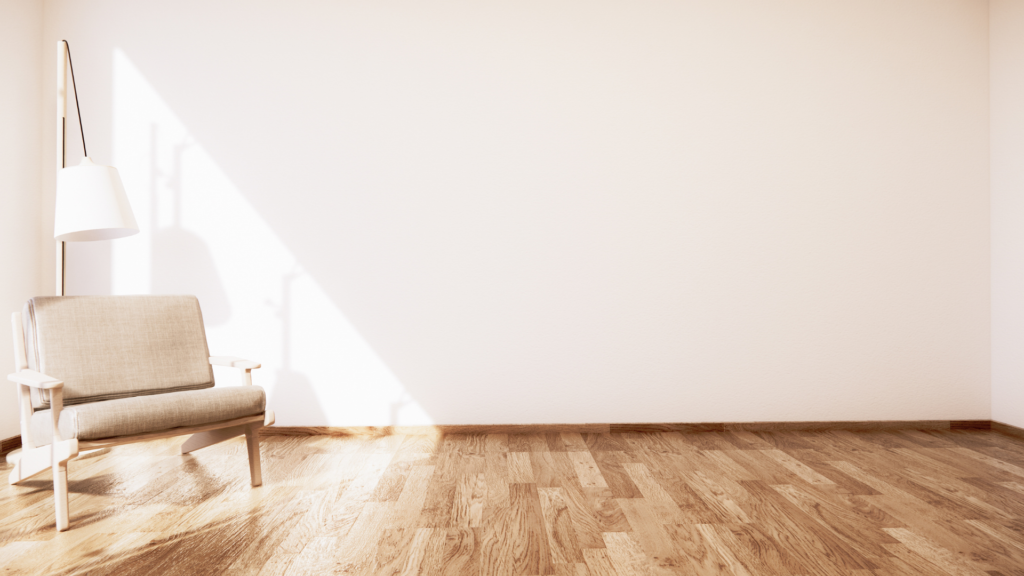
Walls are another common surface that can be affected by stains, especially in high-traffic areas or rooms where children and pets spend time. Stains on walls can be caused by spills, marks from furniture or toys, fingerprints, and even mold or mildew in damp areas. While walls can be painted over, it's important to properly treat stains to prevent further damage and maintain a clean and inviting living space. Additionally, certain types of stains, such as mold or mildew, can pose health risks if left untreated.
Tools needed for stain removal
To remove wall stains, you will need a few basic tools and materials. First, you will need a clean sponge or cloth to apply the cleaning solution and wipe away any residue. A bucket of warm water and mild soap or detergent can be used as a simple cleaning solution. However, for tougher stains, you may need a specialized cleaner, such as a vinegar and water solution or a bleach and water solution, depending on the type of stain. You may also need a scrub brush or toothbrush to scrub away stubborn marks or stains. A putty knife or scraper can be helpful for removing stuck-on debris or adhesive residue. Protective gear, such as gloves and a mask, may be necessary when working with harsh chemicals or dealing with mold or mildew.
Removing the stain
The best way to remove wall stains depends on the type of stain and the surface of the wall. For simple stains like dirt or food, start by wiping the area with a damp cloth or sponge and a mild soap or detergent solution. For more stubborn stains like crayon marks or grease, use a specialized cleaner or a combination of vinegar and water to break down the stain. Apply the cleaner to the affected area and let it sit for a few minutes to penetrate the stain. Use a scrub brush or toothbrush to gently scrub away the stain, being careful not to damage the wall surface. For tougher stains like mold or mildew, you may need to use a bleach and water solution, but be sure to wear protective gear and follow safety precautions when working with harsh chemicals. After removing the stain, rinse the area with clean water and allow it to air dry completely before repainting or touching up the wall.
Desks
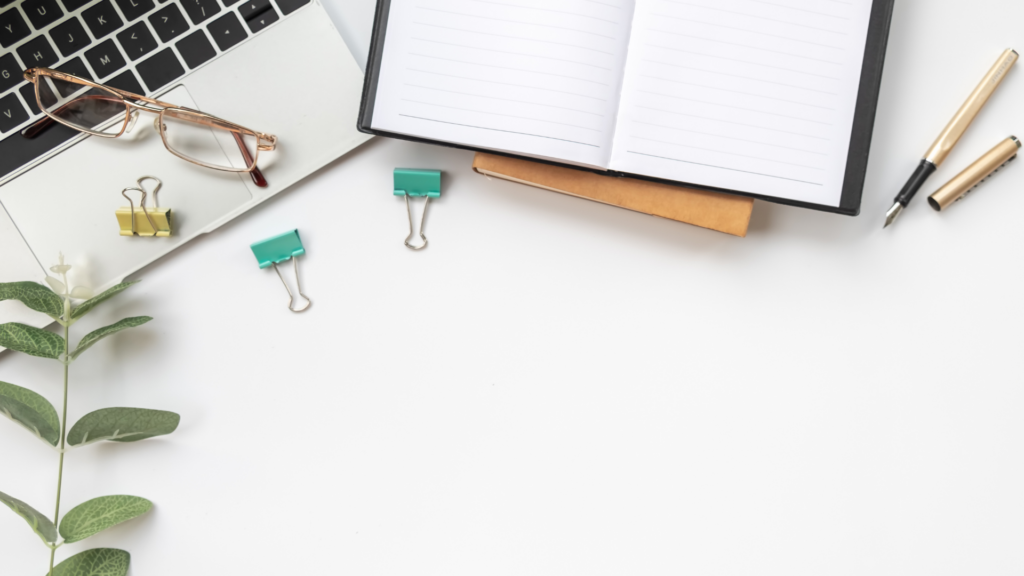
Desks are a common surface that are prone to stains due to their frequent use for writing, eating, and working. Coffee, tea, ink, and food stains are common culprits that can leave unsightly marks on a desk surface. Over time, these stains can become stubborn and difficult to remove, and may even damage the desk's finish or surface. To keep your desk looking clean and professional, it's important to address stains as soon as they occur and use the proper tools and cleaning techniques to remove them.
Tools needed for stain removal
The tools needed to remove desk stains will depend on the type of stain and the surface of the desk. For general cleaning, a soft, lint-free cloth or sponge and a mild detergent or all-purpose cleaner can be used to wipe away dirt, dust, and light stains. For tougher stains like ink, crayon, or food, a specialized cleaner or solvent may be necessary. A magic eraser, rubbing alcohol, or white vinegar can also be effective at removing some types of stains. It's important to read the label of any cleaning products carefully and follow the instructions for use. In addition, be sure to test any cleaning solution on a small, inconspicuous area of the desk before applying it to the stain to ensure it won't damage the surface.
Removing the stain
To remove desk stains, start by identifying the type of stain and the surface of the desk. For general cleaning, use a soft, lint-free cloth or sponge and a mild detergent or all-purpose cleaner to wipe away dirt and dust. For tougher stains like ink or food, apply a specialized cleaner or solvent to a cloth or sponge and gently rub the stain. A magic eraser, rubbing alcohol, or white vinegar can also be effective at removing some types of stains. Be sure to read the label of any cleaning products carefully and follow the instructions for use. Test the cleaning solution on a small, inconspicuous area of the desk before applying it to the stain to ensure it won't damage the surface. After the stain has been removed, rinse the area with clean water and dry with a soft cloth.
Conclusion
In conclusion, dealing with common household stains may seem daunting, but with the right tools and techniques, you can quickly and easily remove them. Remember to act fast, identify the type of stain and surface, and use the appropriate cleaning products and methods. Don't let stains ruin your day or your favorite clothes, furniture, or surfaces. Instead, embrace the challenge and tackle those stains head-on. With a little bit of effort and patience, you can restore your belongings to their former glory and maintain a clean and tidy home. So next time a spill or mark occurs, don't panic, just follow the tips and tricks outlined in this article and get cleaning!
Find your ideal property, available for sale or rent in the best prices possible, or list your property for sale or rent here. Alternatively, if you have any further questions, please get in touch with us:



